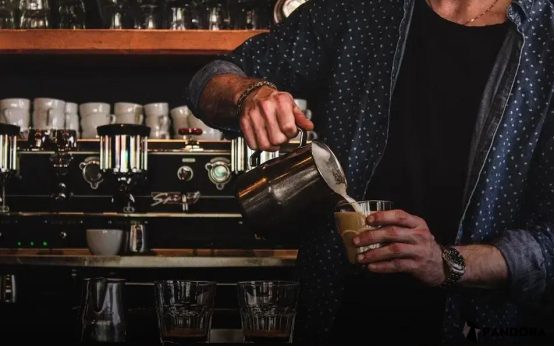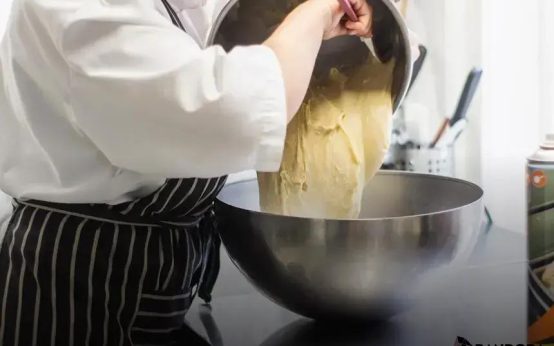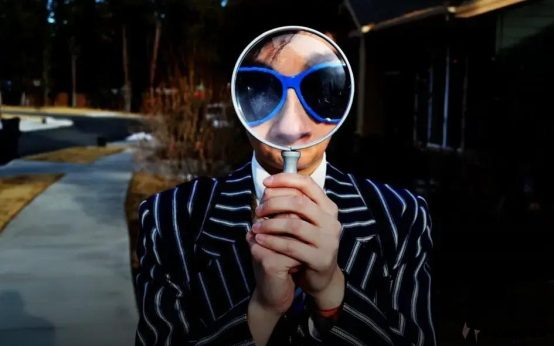Navigating what to wear to a job interview, whether virtual or in-person, can set the tone for a successful first impression. Choosing the right attire not only showcases professionalism but also boosts personal confidence. Understanding the nuanced differences between virtual and in-person interviews is crucial. Explore the specific attire strategies in the following sections.
Choosing the Right Colors for Interviews
When preparing for a job interview, selecting the right colors to wear can make a significant impact. Colors can communicate your personality, mood, and even influence the perception of your professionalism. Understanding color psychology can help you make better choices for your interview outfit.
Neutral shades like navy blue, black, and gray are commonly recommended for interviews. Navy blue is known to convey confidence and reliability, while black can signal authority and sophistication. Gray tends to reflect professionalism and independence. These colors are safe choices that keep the focus on you and your qualifications.
Adding a pop of color can express your creativity and individuality. For instance, subtle earth tones like olive green or soft pastels can add warmth and approachability to your look. However, it’s essential to avoid overly bright or neon colors in a professional setting as they may seem distracting.
Color combinations also play a crucial role. Pairing a neutral-colored suit with a colored shirt or accessory can be a smart choice. For example, combining a navy suit with a light blue or white shirt balances professionalism with a touch of modernity. Ensure the colors work harmoniously and don’t clash.
Another factor to consider is the industry you are interviewing in. Creative industries might be more open to bold color choices, while conservative fields prefer more traditional palettes. Tailor your color choices to reflect the culture and expectations of the specific industry.
Finally, remember that confidence is key. Wearing colors that make you feel comfortable and confident can enhance your performance. Your attire should not only align with industry standards but also reflect who you are. Choose colors that resonate with your personal style while remaining appropriate for the occasion.
Virtual Interview Attire: Best Practices
When preparing for a virtual interview, it is crucial to dress with the same level of professionalism as you would for an in-person meeting. First, opt for attire that conveys confidence and respect. A classic choice involves a tailored blazer paired with a dress shirt or blouse. This combination ensures you appear polished and ready.
Choose muted colors or subtle patterns for video calls to minimize distractions. Light blue, grey, or beige are excellent choices as they are soothing and help keep the focus on your face rather than the outfit. Avoid overly bright colors or flashy patterns that might not translate well onscreen.
Another key aspect is the fit. Ensure your clothing fits well and that you sit comfortably when on camera. Wrinkled or ill-fitting clothes can send the message of being unprepared. Always test your full look before the interview by sitting in front of the computer camera to see how you appear.
Accessorize modestly to enhance your professional look. Simple earrings or a classic watch can add a touch of elegance. Avoid noisy or oversized jewelry that could create distractions or noise during the call.
Finally, pay attention to grooming. Keep hair neat and consider the backdrop of your video call to ensure it’s tidy and adequate. Remember, while your attire matters, a clean and distraction-free background contributes to a professional appearance.
Essentials for In-Person Interviews
When preparing for an in-person interview, choosing the right attire is paramount to making a lasting impression. Start by opting for professional and well-fitting clothes that align with the company culture. A business suit is often a safe choice. For men, a tailored suit in a neutral color paired with a crisp dress shirt can convey professionalism. Women may choose a skirt suit or a pant suit with a blouse, ensuring the fit is neither too tight nor overly loose.
Pay attention to fabric and comfort, especially if the interview involves multiple rounds or a full day at the office. Select fabrics that breathe well, like cotton or wool blends, keeping comfort in mind without compromising on a polished look.
Shoes are also a critical part of your interview ensemble. Ensure they are clean and polished. Men might opt for dark leather shoes, while women could select classic pumps or flats, avoiding overly high heels that can cause discomfort or appear unprofessional.
Avoid over-accessorizing, but do include minimal, elegant pieces like a wristwatch or simple jewelry to enhance your look. These small touches can add a layer of sophistication without being distracting.
Grooming and Hygiene play a significant role in your overall presentation. Maintain a neat hairstyle, and if using makeup, ensure it is subtle and natural. For fragrance, a light application is recommended — avoid overpowering scents that could be off-putting in close quarters.
Lastly, ensure your clothing is ironed and free of wrinkles, conveying attention to detail and respect for the opportunity. Confidence starts with how you dress, and by focusing on these essentials, you can step into your interview with poise and assurance.
Avoid Common Fashion Mistakes
When preparing for a job interview, it’s crucial to avoid common fashion mistakes that can undermine your first impression. First, ensure that your clothes are clean and well-pressed. Wrinkled or stained attire can distract from your qualifications. Additionally, avoid overly flashy or casual attire. It’s important to match the formality of your outfit to the company culture. Overly casual clothing could make you appear unprofessional, while an overly formal outfit might feel out of place.
Consider the fit of your clothing. Poorly fitting clothes, whether too tight or too loose, can be uncomfortable and distracting. Instead, opt for tailored pieces that flatter your body shape without drawing unnecessary attention. Moreover, steer clear of overpowering patterns or colors unless you’re sure they are appropriate for the industry.
Do not overlook the importance of grooming. Ensure your hair is tidy and your shoes are clean.
Avoid excessive accessories
that may jingle or distract. An understated watch or simple jewelry can add to a polished look. Always remember, your goal is to be remembered for your skills and not just your outfit.
Accessorizing for Elegance and Confidence
When carefully considering what to wear for a job interview, accessories can play a pivotal role in completing your professional look. Selecting the right accessories can enhance your outfit and boost your confidence, all while reflecting your personal style.
Simple and Elegant Jewels: Opt for minimalistic jewelry. Think about wearing a small pair of earrings or a classic watch. Avoid overly large or noisy pieces that can distract from the conversation. A neat piece of jewelry can add a touch of elegance without overwhelming your outfit.
Confidence through Comfort: Select accessories that don’t just look good but also make you feel good. If you’re constantly adjusting an accessory, it may affect your focus during the interview. Comfort in your accessories will undeniably project confidence.
Consider a professional bag or briefcase. They should complement your outfit without being the focal point. Choose neutral colors or leather for a sophisticated look. Your choice of bag can be an extension of your personality, adding to your poised demeanor.
Scarves and Ties: Depending on the level of formality, a well-chosen tie or scarf can add a dash of color or pattern. Ensure that it aligns with the overall tone of your outfit. Patterns can add interest but should not be distracting or too bold.
Lastly, remember that accessories should always reinforce the professional image you want to portray. They are subtle enhancements that support your overall presentation without overshadowing the main focus – your qualifications and the conversation.





